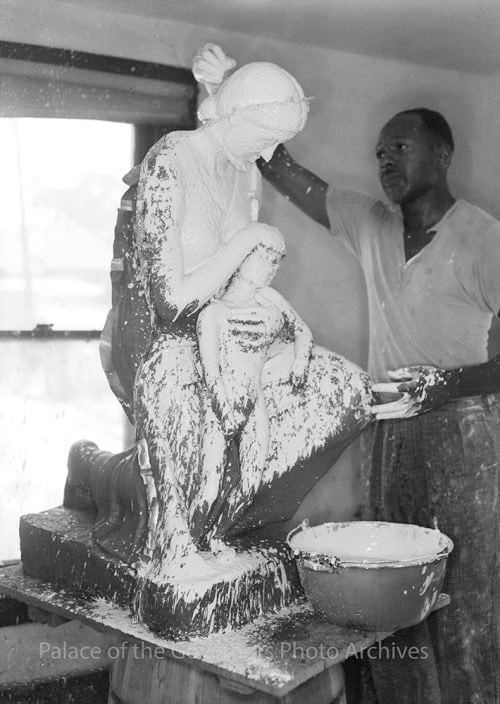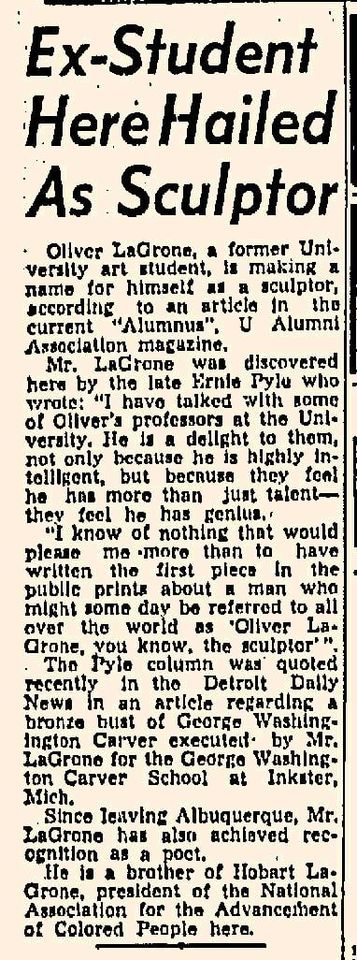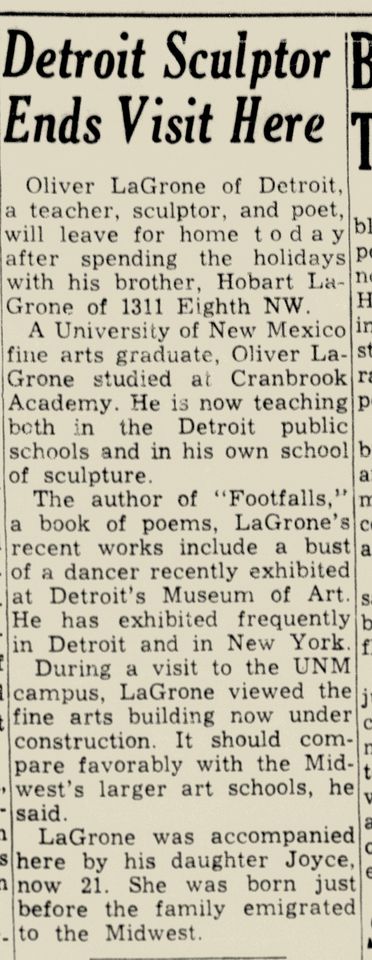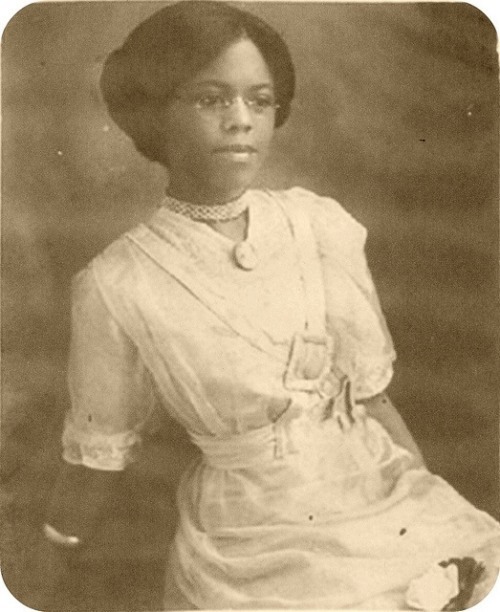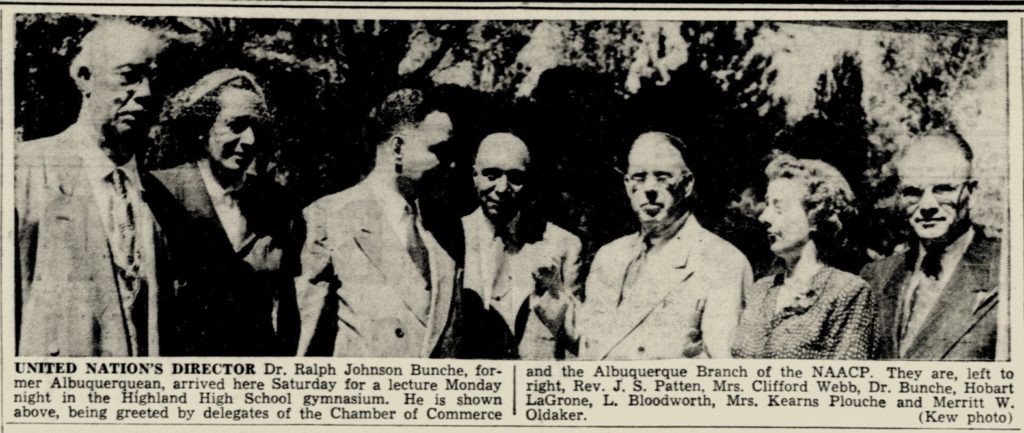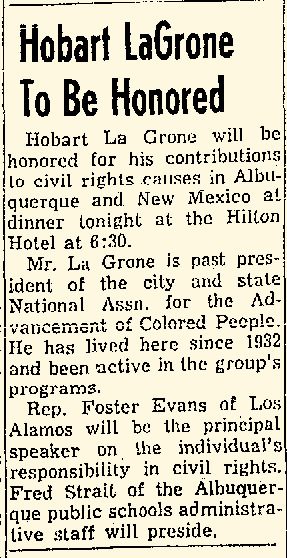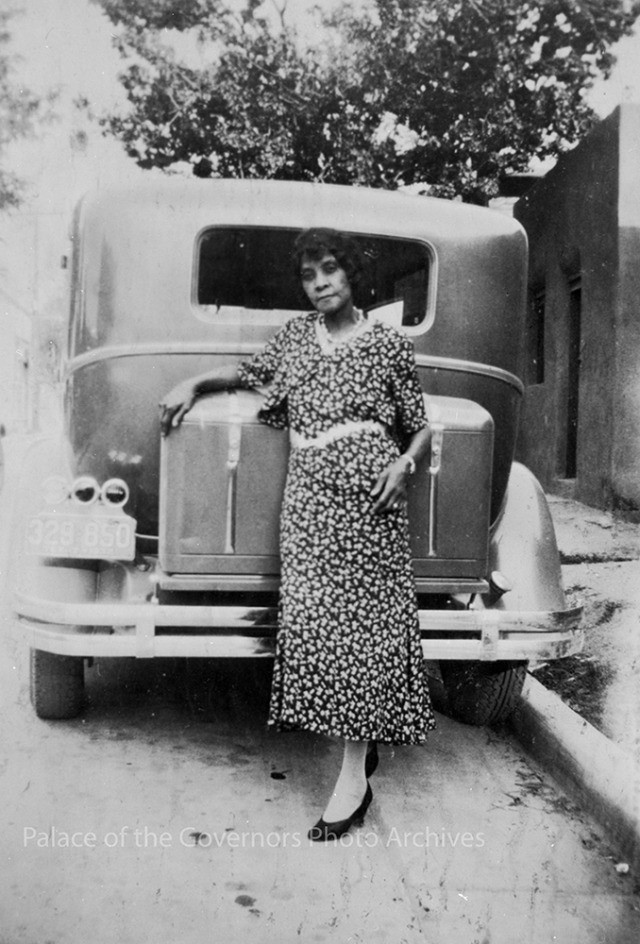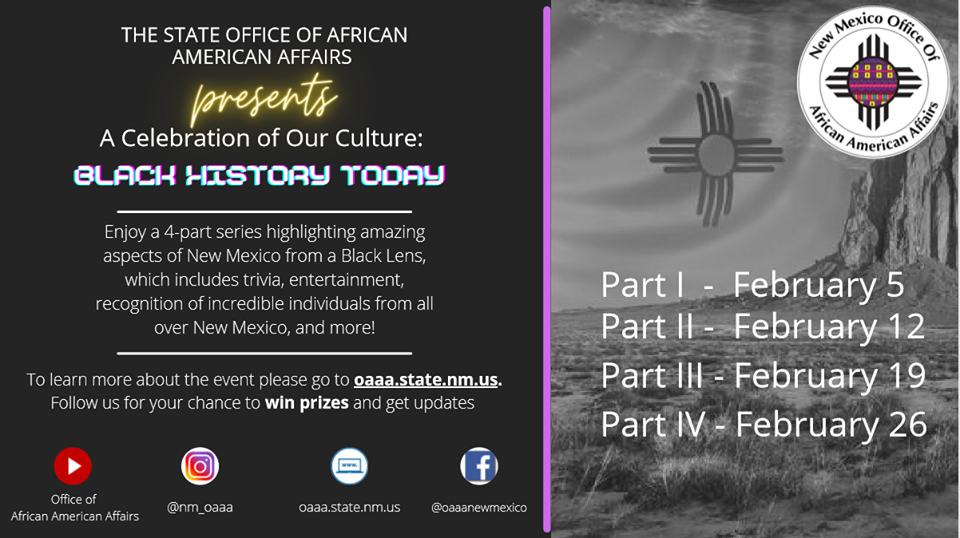
Imagine a world where Frederick Douglass had not learned to write.
Would the Emancipation Proclamation have been issued in 1863 or might it have withered and waited without the stirring speeches Douglass wrote, published and delivered, advocating against the slavery into which he was born?
Historians and what-if theorists can argue that for days, but the rest of us can be satisfied in knowing that, thanks to Douglass’ writing skills, we have a stirring, first-person account of what life was like in an America that regarded black people as property.
Narrative of the Life of Frederick Douglass was first published in 1845, seven years after its author escaped from slavery. It remains a classic autobiography, unflinchingly recounting the terrors that Douglass experienced as a slave, the brutalities of his owners, and his narrow escape to the North. (An escape that was endangered by the book’s publication; once his former owner knew where to find him, he went to court – unsuccessfully – to get his “property” back.)
Just in time for Black History Month comes a new broadside from the Palace Press at the New Mexico History Museum. And though we’re mentioning its tie to that month, the excerpt featured from Narrative of the Life of Frederick Douglass serves us in a timeless way, reminding us of how difficult it can be for anyone to learn how to fit words together and how crucial it is to master that learning curve in order to make compelling points. In this case, points that changed the course of history.
The excerpt reads:
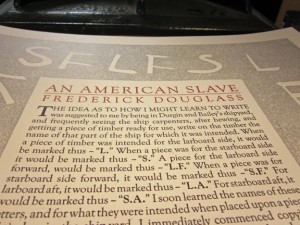 … The idea as to how I might learn to write was suggested to me by being in Durgin and Bailey’s ship-yard, and frequently seeing the ship carpenters, after hewing, and getting a piece of timber ready for use, write on the timber the name of that part of the ship for which it was intended. When a piece of timber was intended for the larboard side, it would be marked thus–“L.” When a piece was for the starboard side, it would be marked thus–“S.” A piece for the larboard side forward, would be marked thus–“L. F.” When a piece was for starboard side forward, it would be marked thus–“S. F.” For larboard aft, it would be marked thus–“L. A.” For starboard aft, it would be marked thus–“S. A.” I soon learned the names of these letters, and for what they were intended when placed upon a piece of timber in the ship-yard. I immediately commenced copying them, and in a short time was able to make the four letters named. After that, when I met with any boy who I knew could write, I would tell him I could write as well as he. The next word would be, “I don’t believe you. Let me see you try it.” I would then make the letters which I had been so fortunate as to learn, and ask him to beat that. In this way I got a good many lessons in writing, which it is quite possible I should never have gotten in any other way. During this time, my copy-book was the board fence, brick wall, and pavement; my pen and ink was a lump of chalk. With these, I learned mainly how to write. …
… The idea as to how I might learn to write was suggested to me by being in Durgin and Bailey’s ship-yard, and frequently seeing the ship carpenters, after hewing, and getting a piece of timber ready for use, write on the timber the name of that part of the ship for which it was intended. When a piece of timber was intended for the larboard side, it would be marked thus–“L.” When a piece was for the starboard side, it would be marked thus–“S.” A piece for the larboard side forward, would be marked thus–“L. F.” When a piece was for starboard side forward, it would be marked thus–“S. F.” For larboard aft, it would be marked thus–“L. A.” For starboard aft, it would be marked thus–“S. A.” I soon learned the names of these letters, and for what they were intended when placed upon a piece of timber in the ship-yard. I immediately commenced copying them, and in a short time was able to make the four letters named. After that, when I met with any boy who I knew could write, I would tell him I could write as well as he. The next word would be, “I don’t believe you. Let me see you try it.” I would then make the letters which I had been so fortunate as to learn, and ask him to beat that. In this way I got a good many lessons in writing, which it is quite possible I should never have gotten in any other way. During this time, my copy-book was the board fence, brick wall, and pavement; my pen and ink was a lump of chalk. With these, I learned mainly how to write. …
“Narrative of the Life of Frederick Douglass is on my list of the most important books,” said Tom Leech, director of the Palace Press. “I just think for us to understand American history and the American psyche, we need to read that book.”
In 1988, Leech first printed the broadside on his own press in Colorado, where he was then living. He gave his 12-year-old son a linoleum block and asked him to write letters in reverse to be carved for the border. (By the way, that 12-year-old, Benjamin Leech, is now an advocate for historic preservation in Philadelphia.)
Copies of the 12½” x 19” broadside (printed on heavy, recycled, acid-free paper) can be purchased for $25. Come by the Palace Press, open 10 am to 5 pm, Tuesday through Sunday, or call Leech at 505-476-5096.
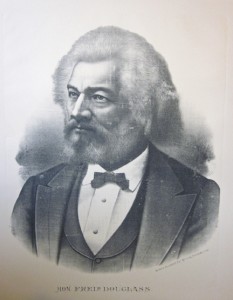 That’s not the only memory of Frederick Douglass available at the Palace Press.
That’s not the only memory of Frederick Douglass available at the Palace Press.
In 2010, the Palace Press exhibited in the museum’s front window a lithographic press (one with an extraordinarily fabled background story), along with a printing stone that held a portrait of Douglass, loaned to us by Landfall Press, Santa Fe’s fine art lithographers. Their printers pulled 10 copies from the stone, and now just a few of those prints are still available and can be purchased for $100.
The prints provide an image of Douglass that’s fitting to gaze upon while considering these other words, ones that haunt the history of our “land of the free,” created by a writer who began with a piece of pavement and a lump of chalk:
… I often found myself regretting my own existence, and wishing myself dead; and but for the hope of being free, I have no doubt but that I should have killed myself, or done something for which I should have been killed. While in this state of mind, I was eager to hear any one speak of slavery. I was a ready listener. Every little while, I could hear something about the abolitionists. It was some time before I found what the word meant. …
